

This section explores traditional tools that have been used for centuries across different cultures for cooking and carrying goods. These tools are deeply embedded in the daily lives of people worldwide, with each one offering a unique approach to food preparation, cooking, and transportation.
Various cultures have developed specific tools to prepare and cook food efficiently. These tools are often crafted from natural materials like wood, clay, or stone, reflecting the environment and traditions of each region.
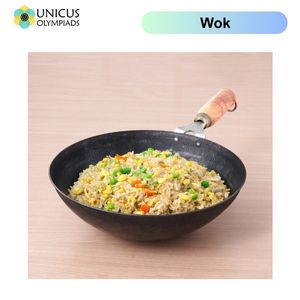
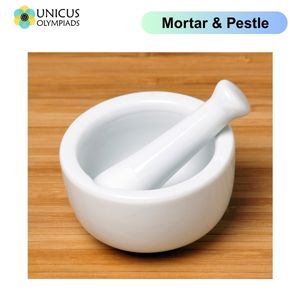
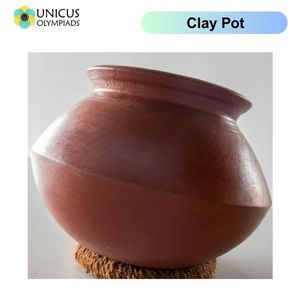
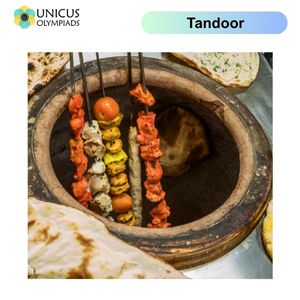
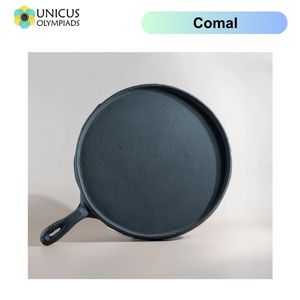

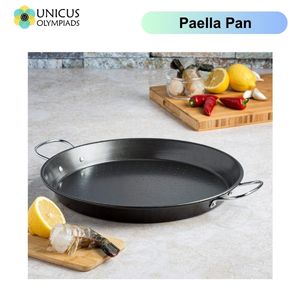
Across the world, different cultures have developed traditional tools to carry food, goods, and even people. These tools often reflect the natural materials available and the lifestyle of the people who use them.
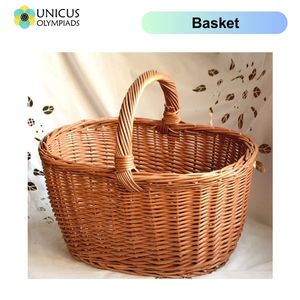
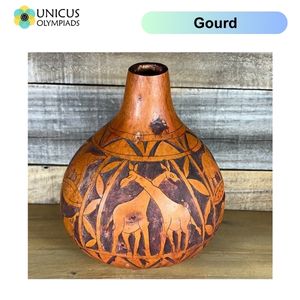


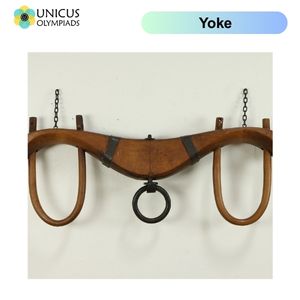
These traditional tools are widely used in everyday life and have specific applications based on the needs of different cultures: